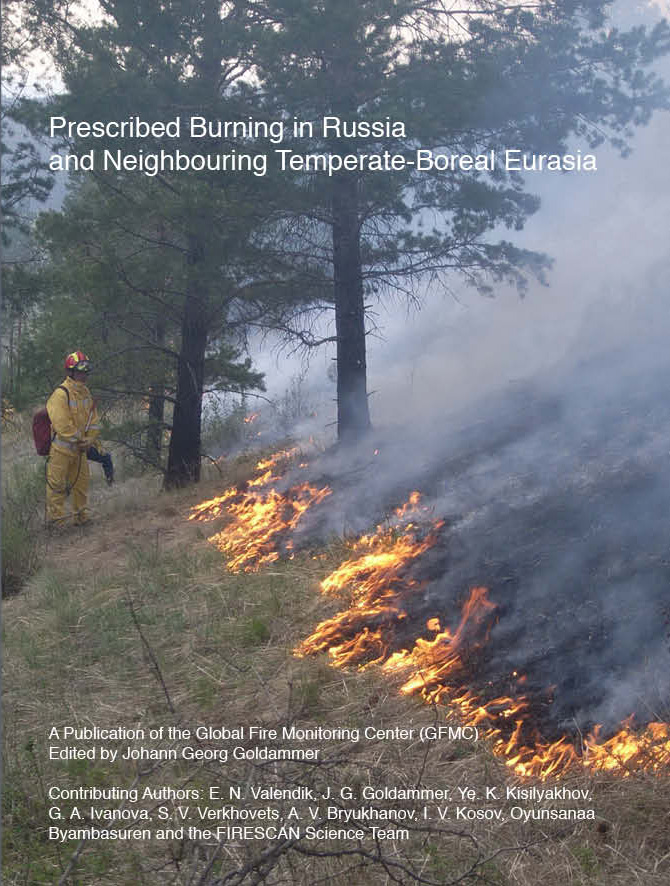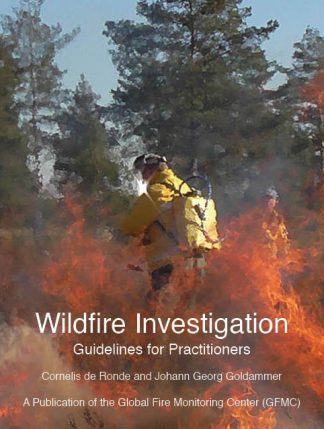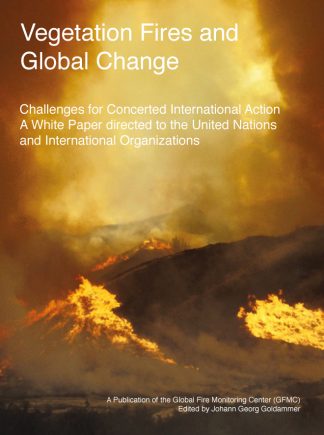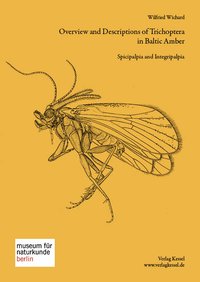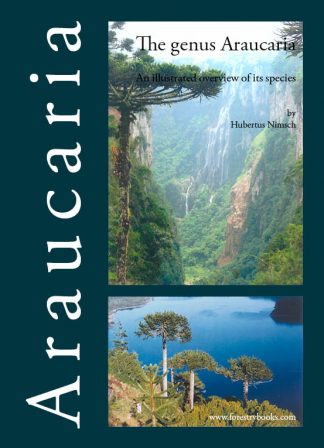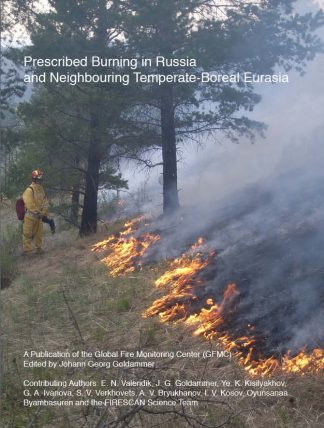Beschreibung
In the landscapes of temperate-boreal Europe – the western part of the Euro-Siberian region of the Holarctic Floral Kingdom – the prevailing fire regimes are shaped by human-ignited fires. Direct fire application in land-use systems – agricultural burning and burning of pastures – and human-caused wildfires, ignited accidentally, by negligence or otherwise deliberately set, have influenced cultural and natural landscapes since the beginning of land cultivation. However, in the Central Euro-Siberian region there are large tracts of forest ecosystems that have been shaped by natural fire, e.g. the forests dominated by pine (Pinus spp.) and larch (Larix spp.) that constitute the “light taiga” in Siberia and adjacent regions.
Starting with the first East-West international conference “Fire in Ecosystems of Boreal Eurasia” and the Fire Research Campaign Asia-North (FIRESCAN) and its “Bor Forest Island Fire Experiment”, organized in 1993 in Krasnoyarsk, Russian Federation, the scientific dialogue revealed the rich knowledge of the fire ecology of temperate-boreal Eurasia. The results of the following two decades of joint scientific research encouraged the participation of forest authorities in devising new concepts in fire management and to consider replacing fire exclusion policies by integrated fire management approaches, which would include the use of natural fire and prescribed burning (prescribed management fires).
Fire scientists of the Sukachev Institute for Forest, Russian Academy of Sciences, Siberian Branch, Krasnoyarsk, and the Fire Ecology Research Group at the Global Fire Monitoring Center (GFMC), Freiburg University / United Nations University, Germany, have now summarized experience and provide targeted advice to the development of advanced fire management policies.
